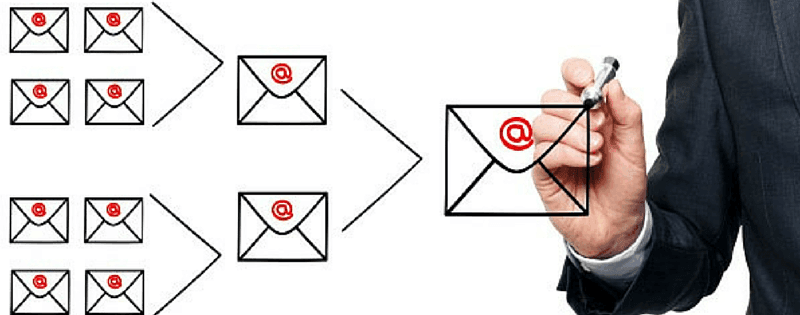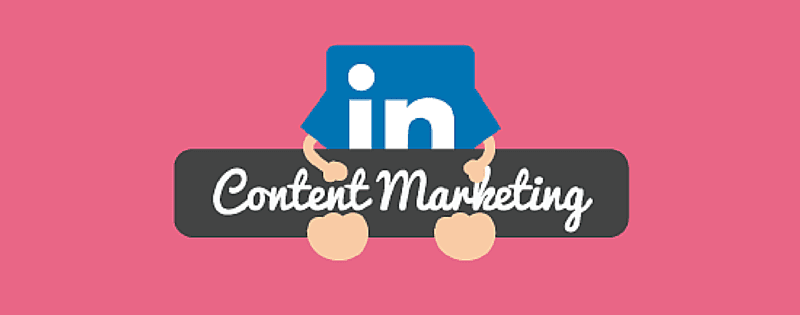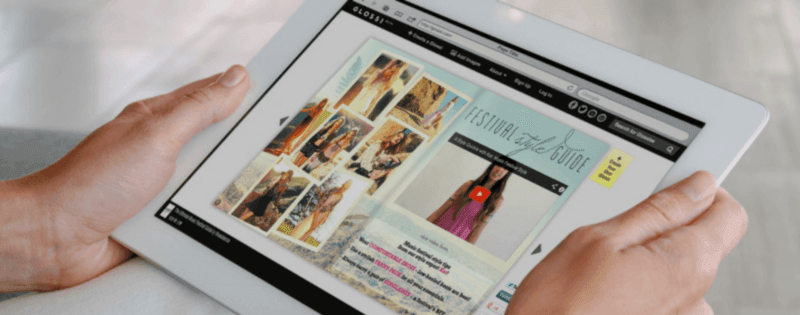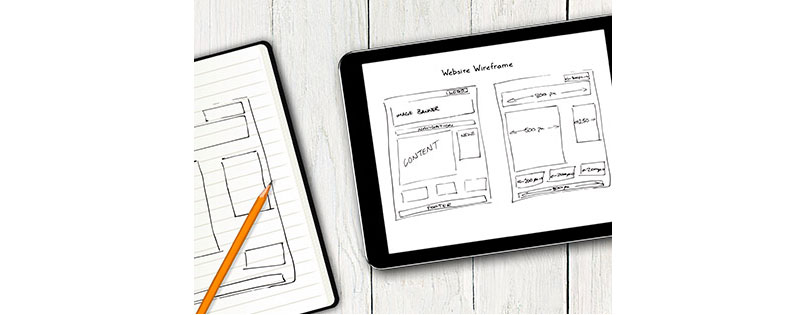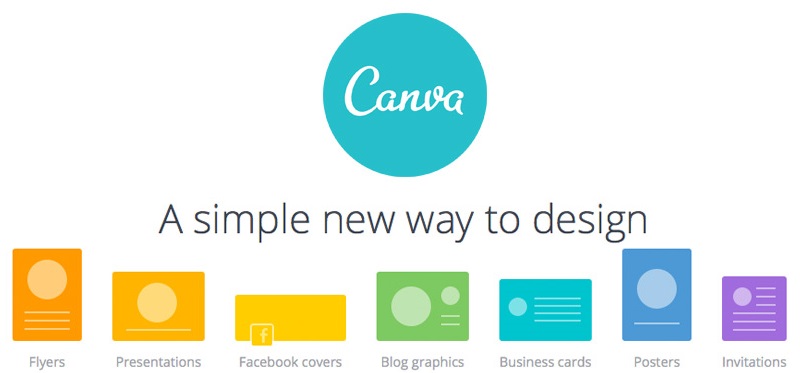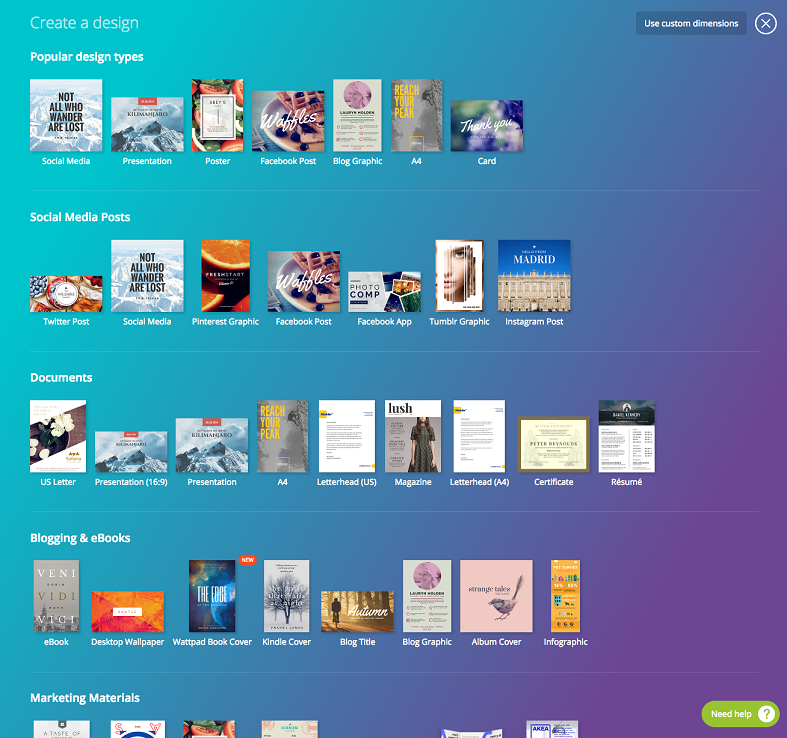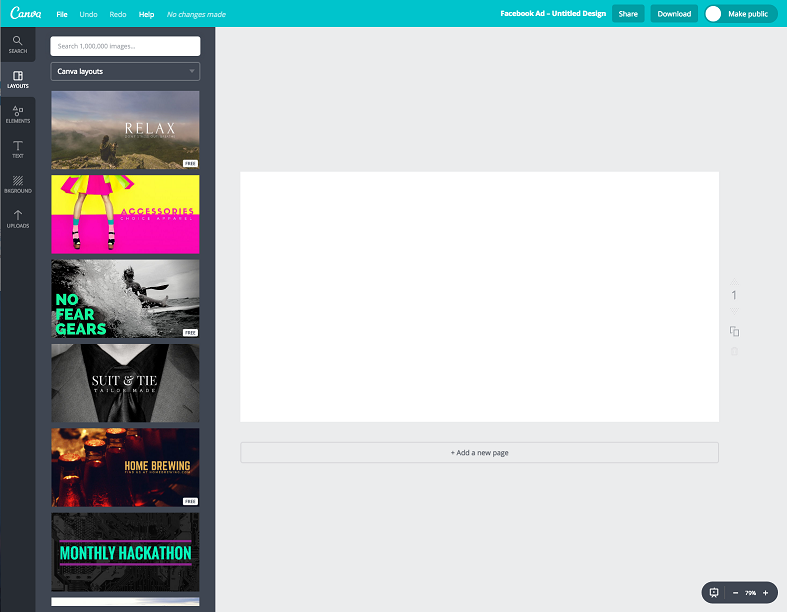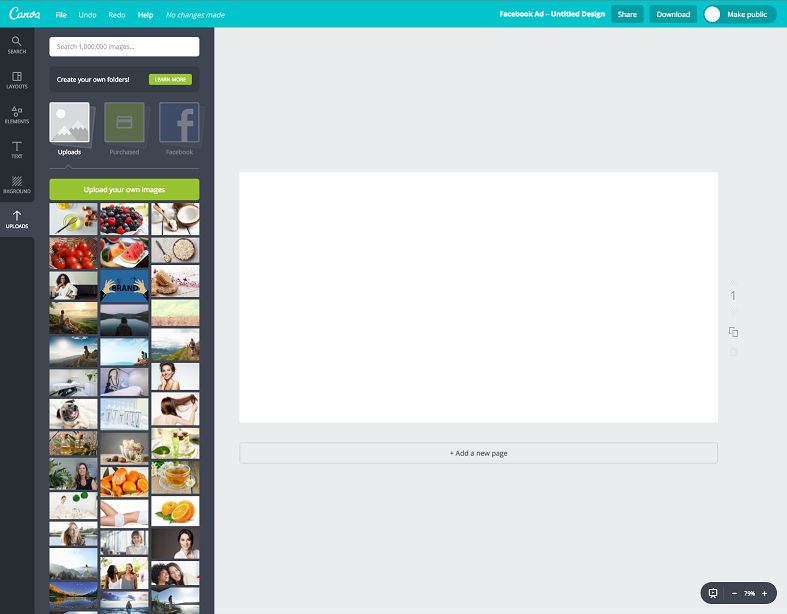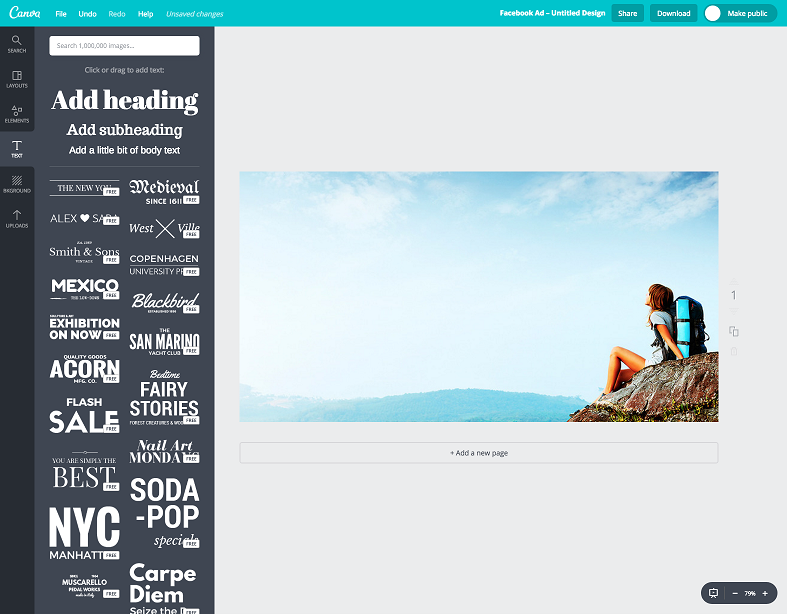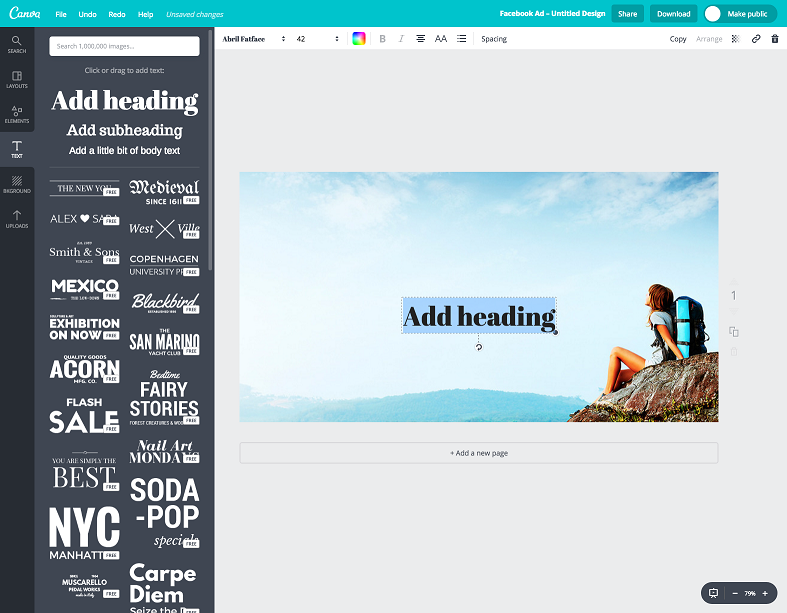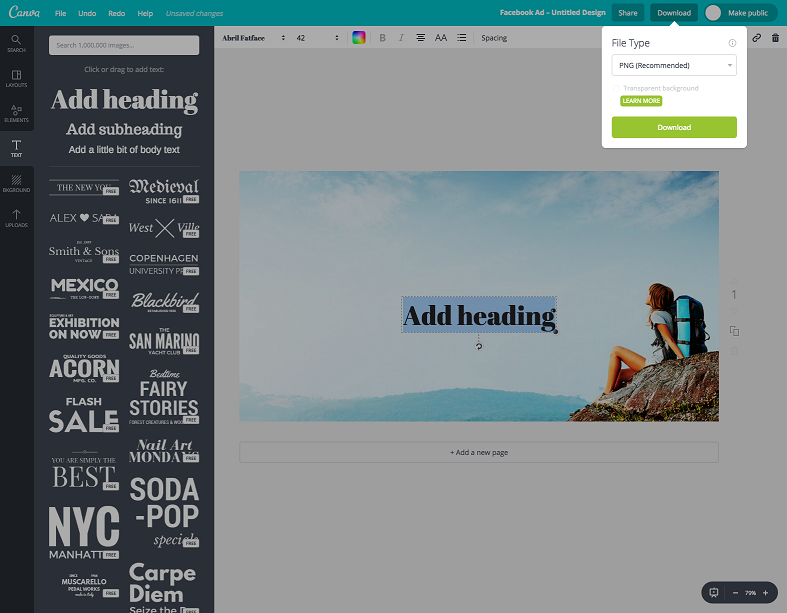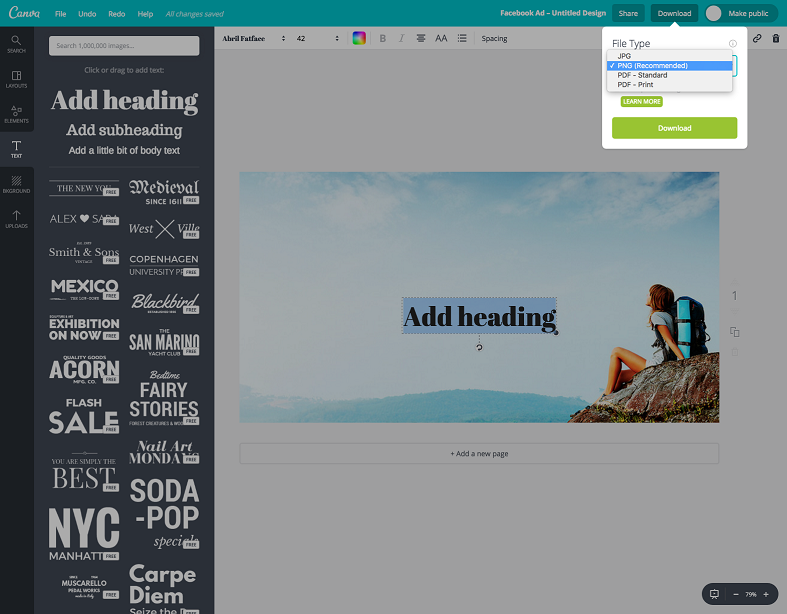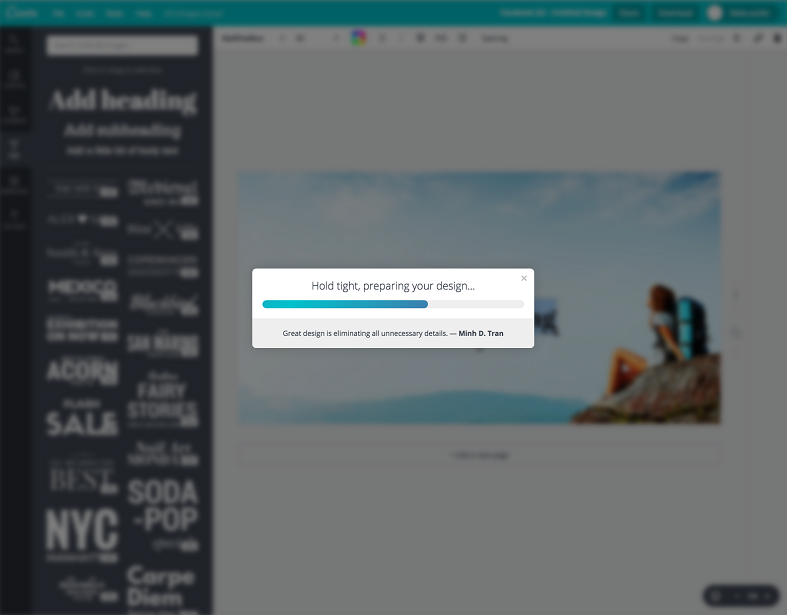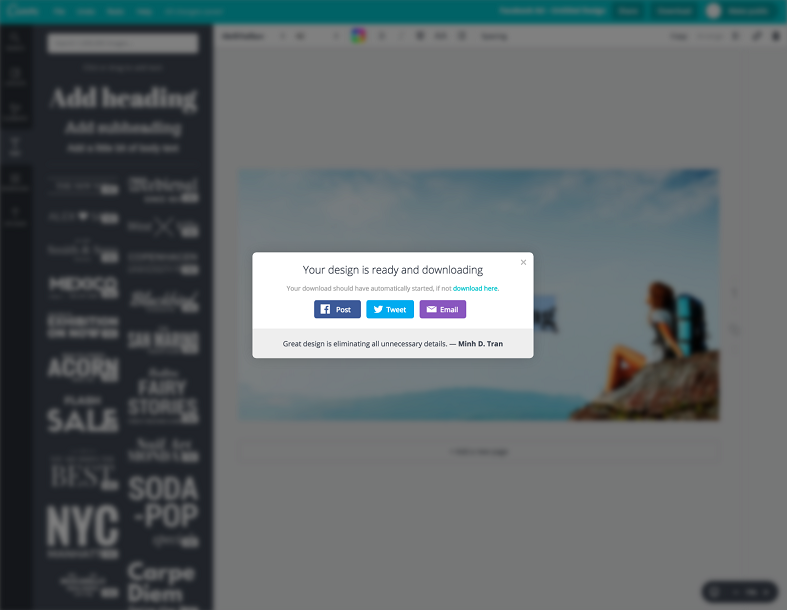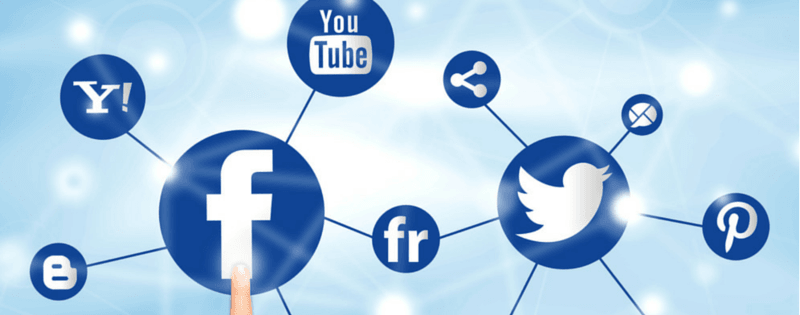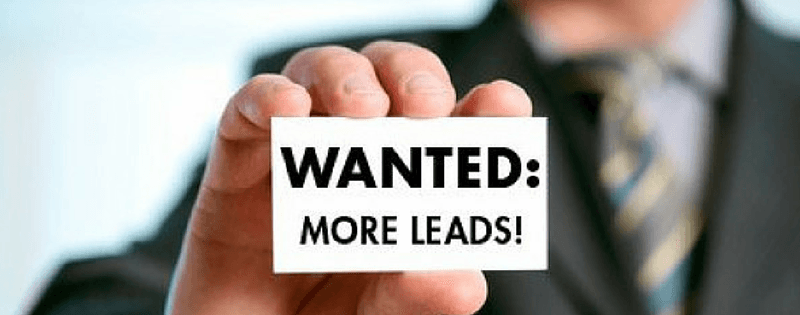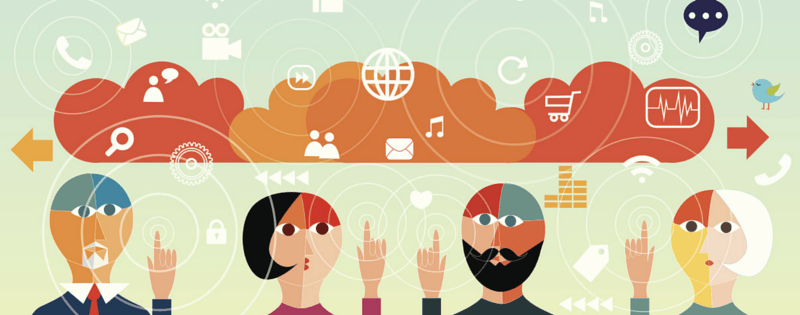Email marketing is an outstanding tool when used correctly. But many businesses get it wrong and despite putting in all efforts, they find that their email marketing isn’t working the way it used to.
If of late, you’ve also noticed that no one is signing up for your mailing list – check if your email list is up to date.
Your email list is the heart of your marketing strategy. When you write a blog post, the people on your email list will be the first to read it. When you have a webinar, the people on your list will be the first to sign up. And, when you offer a new product, the people on your list will be the first to try it – your email database plays a key role in the success of your email marketing.
However, facts state that your email marketing database degrades by about 22.5% every year. Email addresses of your contacts change as they move from one company to another, opt-out of your email communication, or discard that old email address they used only to fill out forms on websites – this is why you need to be constantly adding to, and upgrading, your email list.
If you’re not working on building your email list already, here are 3 simple ways to grow that email list.
1) Pop up – While it can be annoying to have pop ups, they really work… but it’s not as simple as just adding a pop up, a strategy is needed so that the pop up actually works & incentivizes people to leave their email address.
One option would be to employ a scroll-triggered, slide-in CTA. Unlike traditional pop-ups, slide-in CTAs are only initiated when your reader is fully engaged and scrolling down the page. Aside from slide-in CTAs, you can also customize the functionality of your pop-up by specifying a delay or setting it to appear only once per session.
2) Use social media – Your blog and website aren’t the only places where you can grow your email list. Email and social media go together like peanut butter and chocolate. They’re the perfect match. You can always ask people to sign up regularly from the different social media platforms by adding a link to subscribe.
3) Giveaways – Due to their viral nature, having a contest or give away is one of the fastest ways to grow your list and your brand. It’s indeed fantastic to get emails, as people with an interest in what you are giving will exchange their email for that freebie …which can be anything from a PDF guide to an actual product.
There are tons more ways to grow your email list – all you need to do is be creative & always keep it as a priority. Using the right tactics, you can grow your email subscriber list at a rate that far exceeds its annual depreciation.
For more tips like this, don’t forget to subscribe to our newsletter.
